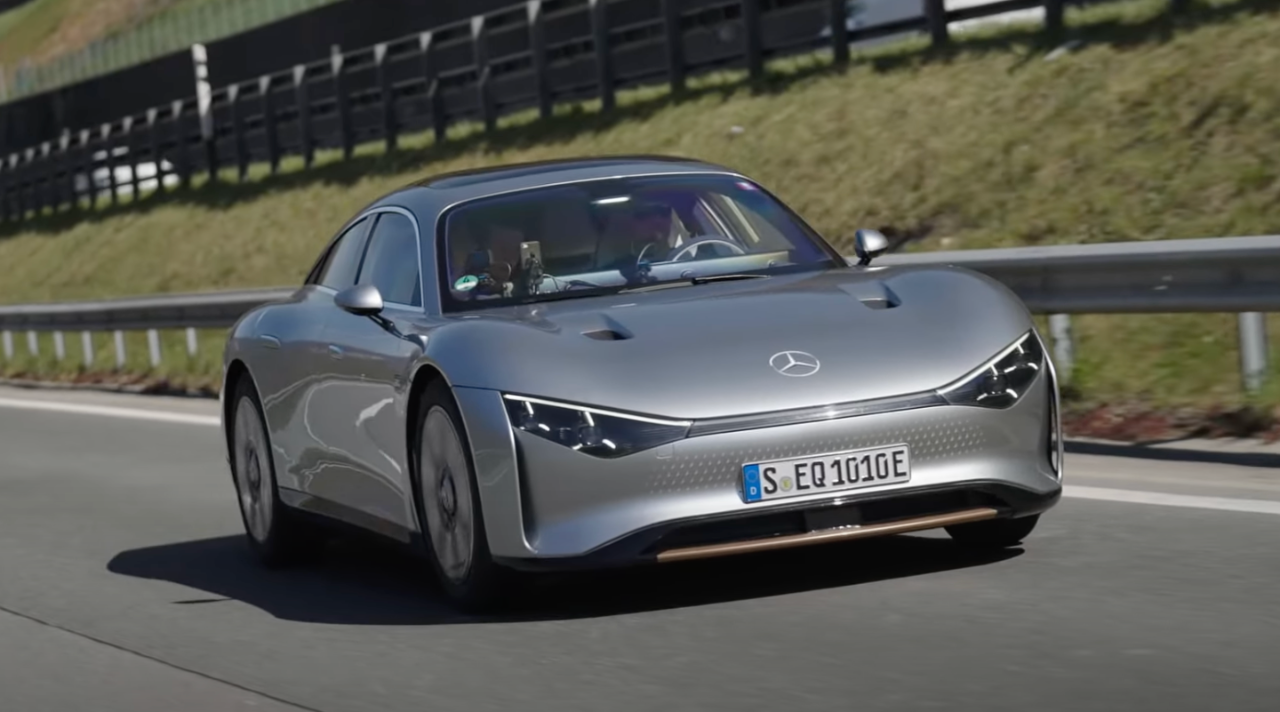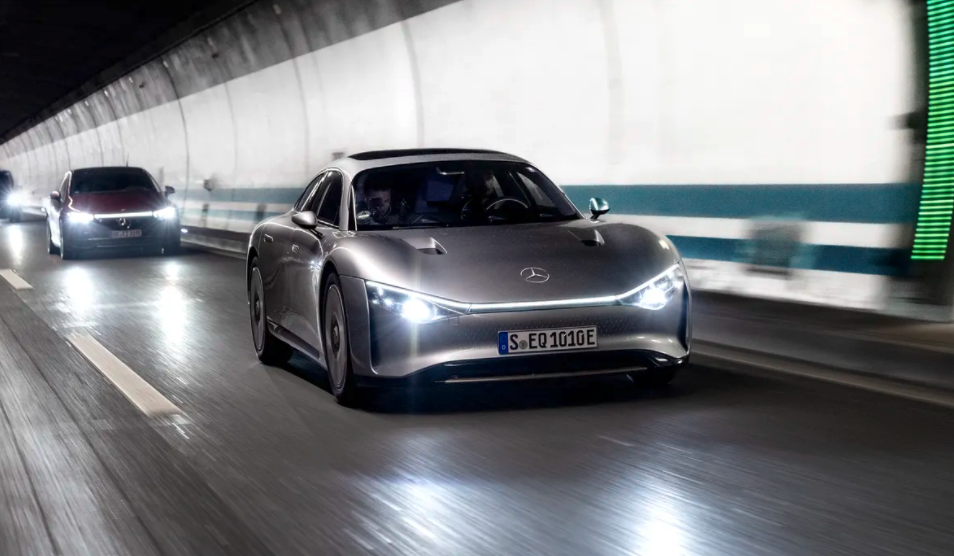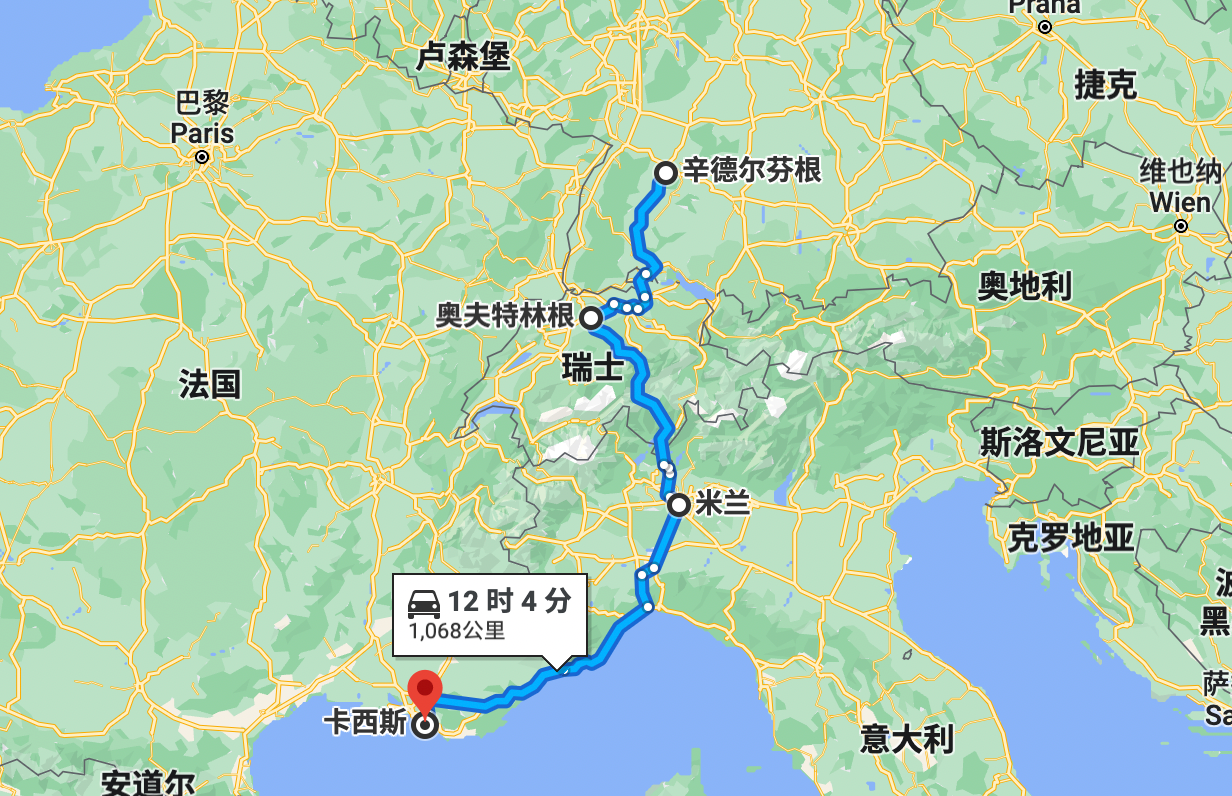Introduction
From the Vice Driving Temple, the reference of intelligent vehicles | AI4Auto WeChat official account.
Mercedes-Benz’s 1000 km Range Proven Within Four Countries Without a Stop
Mercedes-Benz has tested a pure electric vehicle with a range of 1000 km without stopping, driving from central Europe to the Mediterranean coast, passing through four countries in an 11-hour journey. After the trip, the vehicle still had over 100 km of range left, making Mercedes-Benz the first automaker to publicly meet or exceed the 1000 km range target for a purely electric vehicle. More impressively, the battery used in the test vehicle had only half the volume and weight of the EQS flagship sedan battery produced by Mercedes-Benz, suggesting that they have accomplished nearly twice the distance with a smaller battery. How did they achieve this?
How was the 1000 km range test conducted?
Let’s take a closer look at the details of the test. The tests conducted on Mercedes-Benz’s pure electric concept car, VISION EQXX. The route started in Sindelfingen, Germany, passed through the Swiss Alps, northern Italy, and finally arrived at Cassis on the coast of the Mediterranean in France. The total mileage of the route was 621 miles (approximately 1000 km). The test mainly took place on highways, which included regular driving terrains such as flat and mountainous areas. The average speed of the vehicle was 54 mph (87 km/h), and the temperature at the time was between 3-18 degrees Celsius, which is a relatively friendly range for the battery’s output and range loss.
According to the test, the remaining power of the vehicle was at 15% after arriving at the destination, which is approximately a range of 140 km. In other words, the vehicle has an overall range of about 1140 km. Based on the test’s mileage and power consumption, the average consumption was 8.7 kWh per 100 km.
So what vehicle did Mercedes-Benz use to achieve this remarkable range?According to public information, VISION EQXX, based on Mercedes-Benz’s mid-size and compact electric platform MMA, is a concept sports car launched by Mercedes-Benz in January this year, mainly used as an experiment for Mercedes-Benz’s battery efficiency. The official range data is 1200 kilometers.
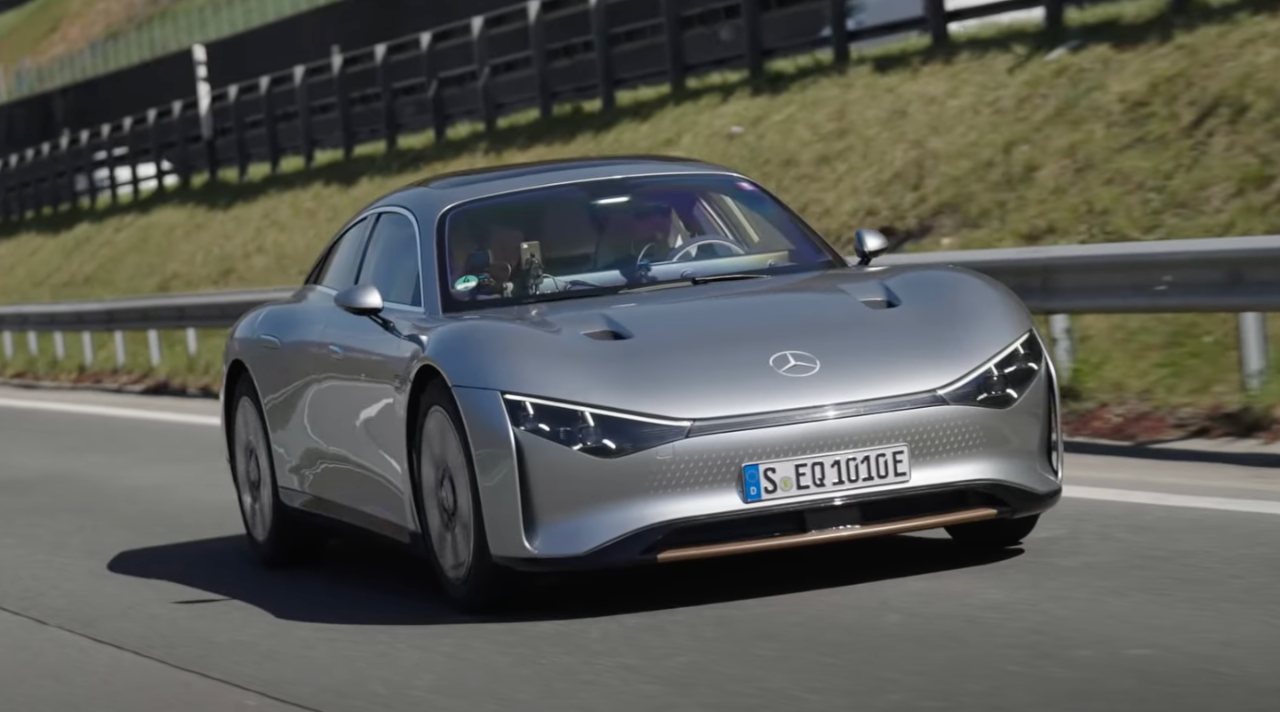
The overall styling of the vehicle is designed to be streamlined. In terms of size, the length of the car is about 4630mm, and the wheelbase is 2800mm, which is basically the same as Tesla Model 3.
Although it is a concept car, the VISION EQXX has already met the conditions for mass production from the cockpit to the power system. It is very likely to be mass-produced in the role of Mercedes-Benz luxury electric sports car, competing with other luxury electric vehicles such as Porsche Taycan, Audi E-tron GT and Tesla Roadster.
In addition, the VISION EQXX is equipped with a solar panel on the roof, which provides an additional 25 kilometers of range in this test.
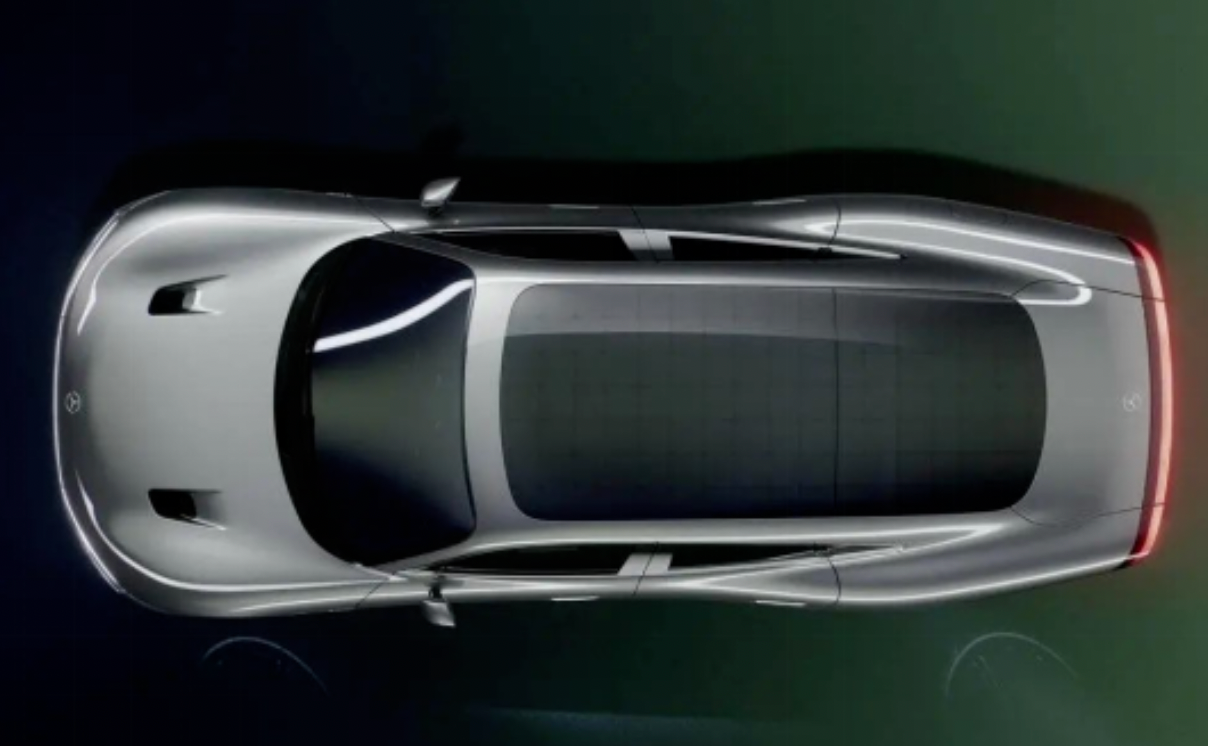
What is more curious than the car itself is that the battery pack volume of Mercedes-Benz VISION EQXX is only half of the EQS, but it can run more than half longer than the EQS.
How did Mercedes do it?
How did Mercedes do it?
The main factors affecting the range of electric vehicles are vehicle weight, wind resistance, and the battery itself.
Firstly, vehicle weight reduction. Mercedes-Benz VISION EQXX uses a lot of F1 racing technology:
Equipped with a lightweight F1 subframe pure electric chassis, the body adopts integrated casting technology, and the entire vehicle frame is formed by a single independent cast, saving the use of materials.
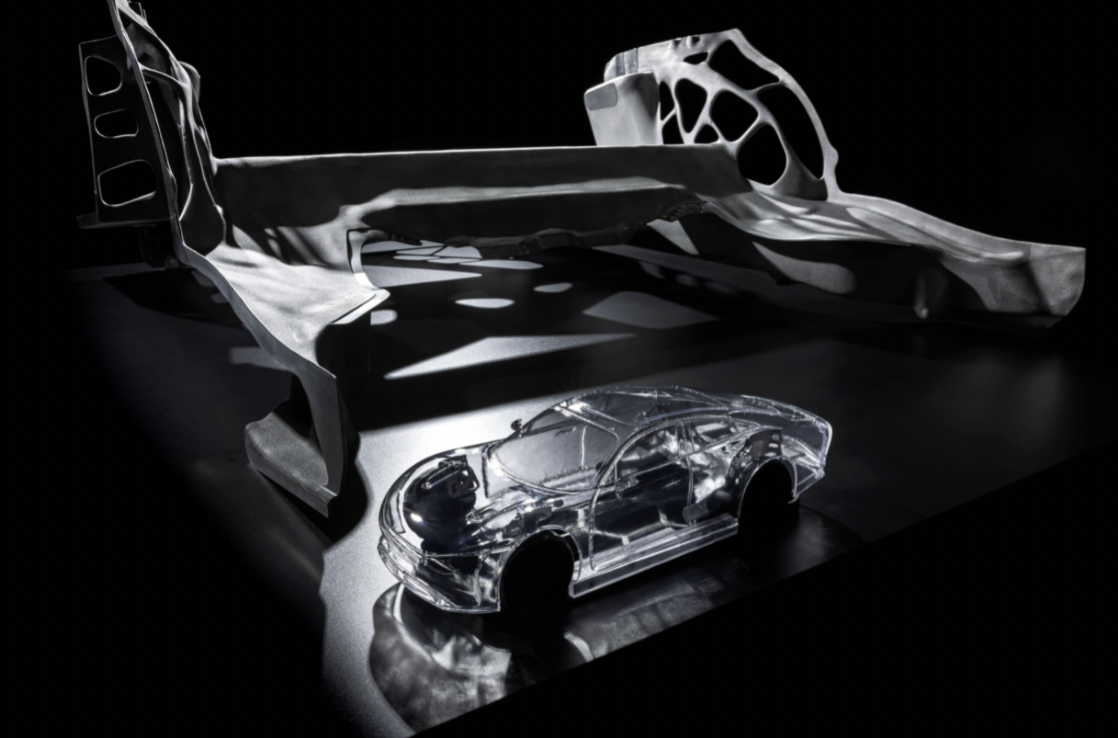
Other parts of the body are also saved wherever possible. According to actual structural and functional requirements, materials are only used in places that need to bear force, and unnecessary places are hollowed out.
In addition, as an important component affecting the weight of the vehicle, the power battery was also reduced. The official data shows that Mercedes-Benz VISION EQXX is equipped with a 100kWh battery pack, and the battery cells are from CATL, which is 50% smaller in size than the latest EQS.
In terms of wind resistance, Mercedes-Benz VISION EQXX has worked hard on the styling. The overall vehicle shape is streamlined and water droplet-like, and the front face is small and rounded.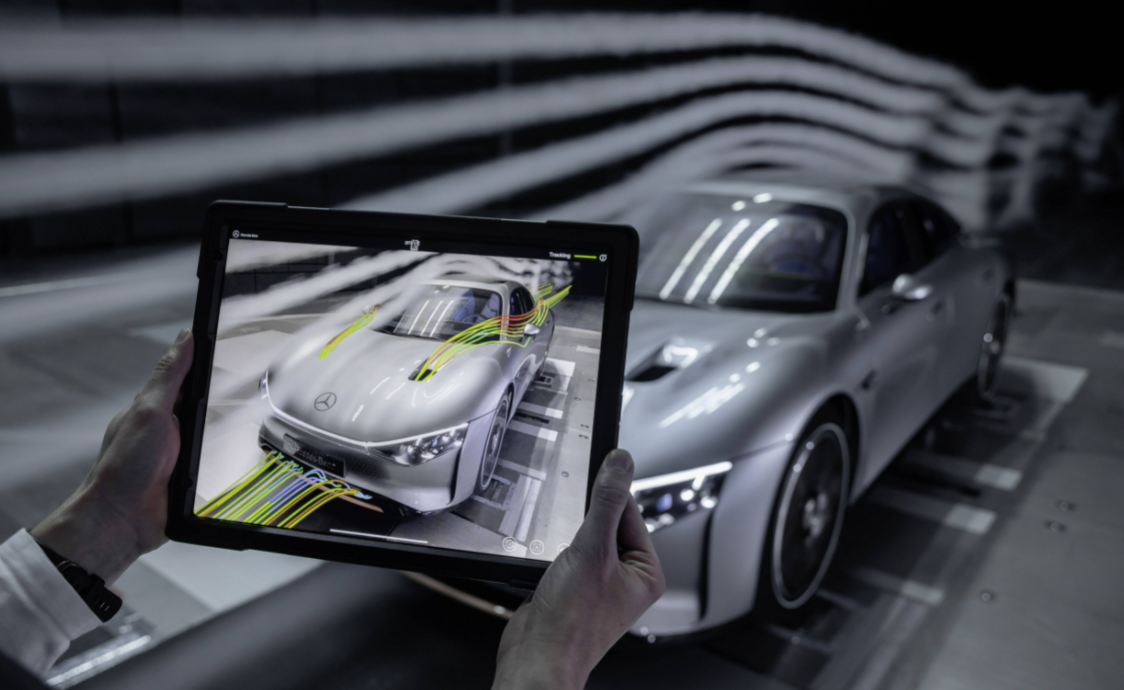
The drag coefficient of this car is as low as 0.17Cd, and theoretically, for every 0.01Cd decrease in drag coefficient, the range of an electric vehicle can be increased by 5-8 kilometers.
According to Mercedes-Benz official information, the energy efficiency of VISION EQXX can reach 95% (95% of the kinetic energy provided by the battery can reach the wheels), while traditional fuel vehicles only have approximately 30%.
Last but not least, the battery.
In order to achieve both a small battery size and high range, the only way is to improve the energy density.
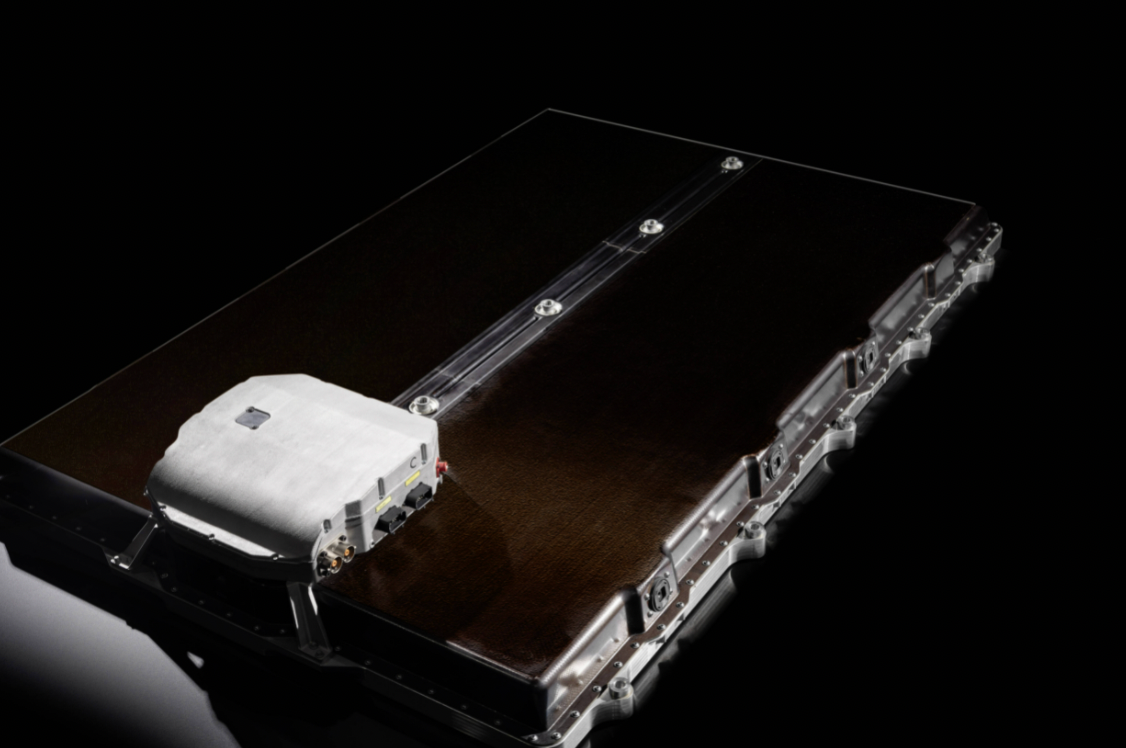

Mercedes-Benz’s VISION EQXX battery design adopts the Cell to Pack (CTP) structure, which directly mounts the battery cells on the bottom shell of the battery and eliminates liquid cooling structures. Instead, heat dissipation is managed by a homogenizing plate mounted on the bottom of the car.
With this design, the energy density of the VISION EQXX battery can reach 400Wh / liter, twice that of mainstream ternary lithium batteries.
As for whether the CTP technology is self-developed by Mercedes-Benz or adopted externally, Mercedes-Benz has not disclosed it, but the battery cells come from CATL, so it is highly likely that CATL provides the entire solution from the battery cells to CTP integration.
Regarding specific performance, the official data from Mercedes-Benz shows that the VISION EQXX consumes less than 10 kWh per 100 kilometers, and the test data during this event showed only 8.7 kWh per 100 kilometers.
How does this energy consumption compare with China’s EV energy consumption limit?
Comparing to China’s EV energy consumption limit standard, the weight of VISION EQXX is 1750 kg, and the corresponding energy consumption limit is 15.2 kWh per 100 kilometers.
The energy efficiency is nearly double the required limit.

The combination of high energy density batteries and excellent energy efficiency is the source of Mercedes-Benz’s confidence in the proven range of over 1000 kilometers for VISION EQXX.
What’s Next for Mercedes-Benz?
Since announcing the most aggressive electrification strategy in history last year, Mercedes-Benz has clearly accelerated its actions.First, Mercedes released its product – the EQS, the first all-electric car developed on the latest platform, claimed to be the S-class of electric cars. From there, Mercedes focused on showcasing its power in terms of intelligence and electrification centered around the EQS.
And Mercedes wants to take the lead in every aspect.
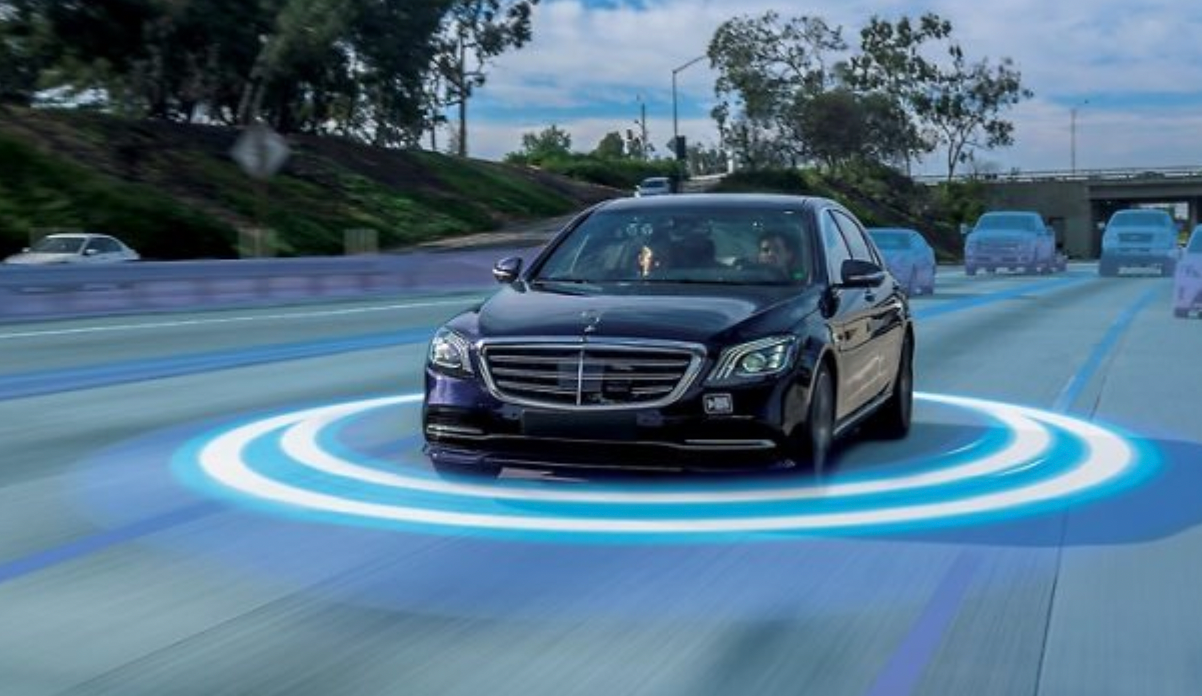
In terms of intelligent driving, Mercedes’ DRIVE PILOT became the first L3 level mass-produced autonomous driving system to be officially certified, allowing hands-free driving.
At the same time, Mercedes also publicly announced that the company assumes full responsibility for any accidents caused by their autonomous driving system, the first automaker in the world to make such a commitment on autonomous driving rights and responsibility issues.
Although the usage of DRIVE PILOT is extremely strict, the attitude has been set.
In terms of electrification, this time Mercedes tested the vehicle’s endurance, and achieved 1000 km of continuous driving, which no other car manufacturer has done before.
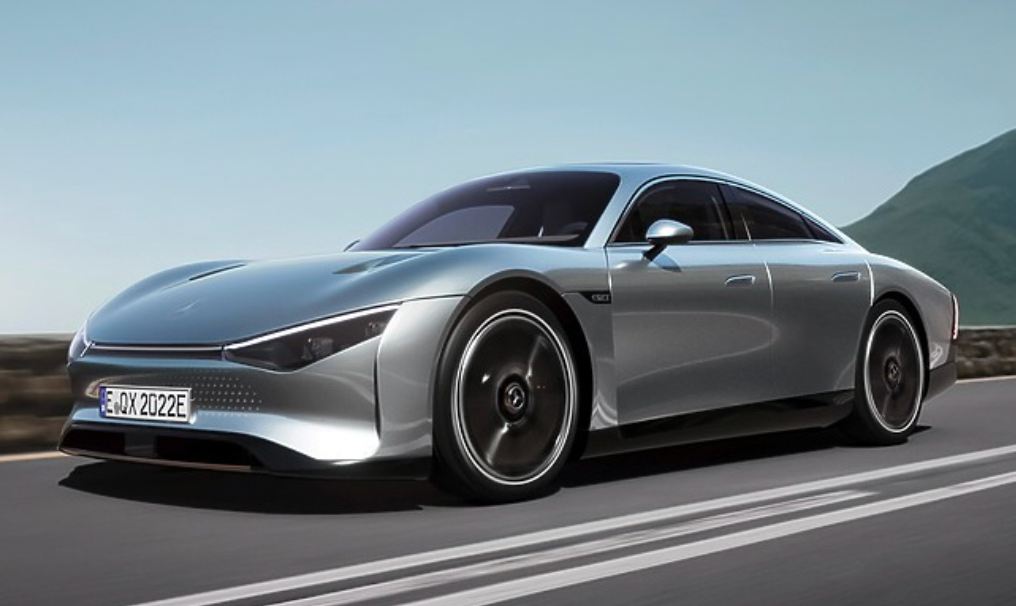
In addition, although the Mercedes VISION EQXX is still a concept car, Mercedes said that many technologies will be applied to its future mass-produced all-electric vehicles, including battery technology.
This means that the endurance and power consumption performance demonstrated by the Mercedes VISION EQXX will soon be seen in future Mercedes products.
After a series of operations, combined with Mercedes’ plan to achieve full electrification by 2030, the automotive industry’s electrification and intelligence revolution, as well as the traditional automakers’ self-revolution, have almost become commonplace.
For example, Toyota plans to continue its hybrid transition period until 2030.
However, Mercedes’ actions seem to provide an exception to this consensus:
The giant can also turn around quickly.
— End —
This article is a translation by ChatGPT of a Chinese report from 42HOW. If you have any questions about it, please email bd@42how.com.
